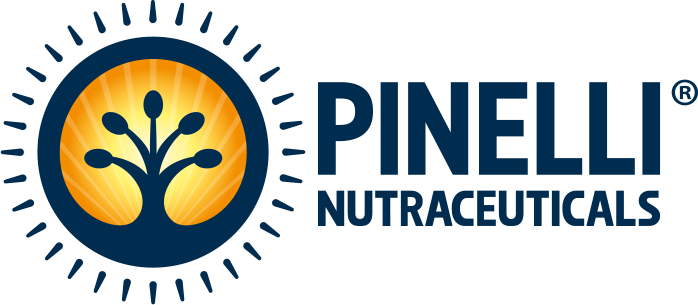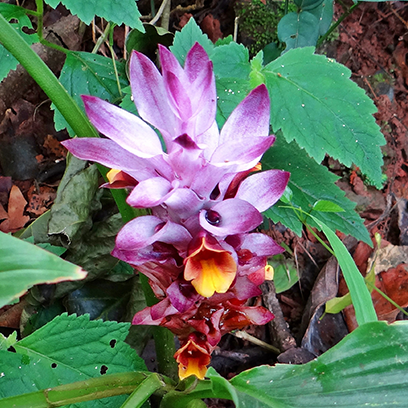TURMERIC
Turmeric is a herbaceous plant that grows up to one metre in height, and blossoms magnificently into beautiful deep pink flowers. The medicinal herb curcumin is extracted from its rhizomes, the underground stems that are burrowed into the surrounding soil.
It belongs to the ginger family, and shares the same flavour as some of its family members, while resembling saffron in colour. It is no coincidence that turmeric is also called Indian saffron or yellow ginger. Native to Southeast Asia, it prefers hot and humid climates.
Indian cuisine makes abundant use of turmeric powder, which is derived from grinding the root, and generously sprinkled on food. Its use is also spreading to our shores because of its pleasant flavour, the attractive colour it imparts to dishes, and its versatile use. Ayurvedic medicine has recognised the health benefits of turmeric for thousands of years, as has Traditional Chinese Medicine.
The rhizomes of the turmeric plant contain curcumin, an organic molecule with multiple beneficial properties for the body.
Curcumin is a yellow pigment and is commonly used as an additive to vegetable ingredients. As a pigment, it is used as a food colouring (E100) to colour margarine, yellow cakes, icing, and jellies. For this reason, traces of curcumin may be encountered in various foods.
Turmeric contains molecules of demethoxycurcumin, bisdemethoxycurcumin and cyclocurcumin (the so-called curcuminoids), active polyphenolic compounds, as well as essential oils, minerals, and fibres. In Ayurvedic tradition, it is also called “the healthiest spice in the world” and “the salt of life”.
Turmeric acts powerfully on many areas of the body. Several studies have highlighted its power in reducing the risk of diabetes, and its ability to help the treatment of heart disease; its use has also been investigated in depression.
But undoubtedly the function to which turmeric most owes its fame is as an anti-inflammatory agent. Taken in the proper doses, the curcumin present in the turmeric root has even been found in some studies to be superior in power to traditional anti-inflammatory drugs such as ibuprofen and aspirin. Since chronic inflammation contributes to the onset of several chronic diseases, curcumin can be used to help treat bowel disease, pancreatitis, and arthritis.
Due to its powerful anti-inflammatory properties, turmeric offers a safe and effective long-term complementary remedy for those suffering from the most common form of arthritis, namely osteoarthritis – inflammation of the joints – which manifests itself slowly over time, generally becoming symptomatic as one ages.
Cartilage, which protects joints from wear and tear, is a rubbery substance mainly composed of a gel-like matrix with a high water content and two types of protein, collagen, and proteoglycan. The purpose of cartilage is to absorb shock by allowing bones to slide over each other when joints contract or release. Due to its water content, cartilage can change its shape to absorb impact when compressed.
Used in: Pinelli Flexi Project™
READ SCIENTIFIC PUBLICATIONS ON TURMERIC:
- A review on selected pharmacological activities of Curcuma longa L.
- A Systematic Review of the Clinical Use of Curcumin for the Treatment of Osteoarthritis
- Biological Properties of Curcumin-Cellular and Molecular Mechanisms of Action
- Cellular and molecular mechanisms of curcumin in prevention and treatment of disease
- CURCUMIN: THE INDIAN SOLID GOLD & WHO CITED
- Curcumin, an active component of turmeric (Curcuma longa), and its effects on health
- Curcumin slows osteoarthritis progression and relieves osteoarthritis-associated pain symptoms in a post-traumatic osteoarthritis mouse model

